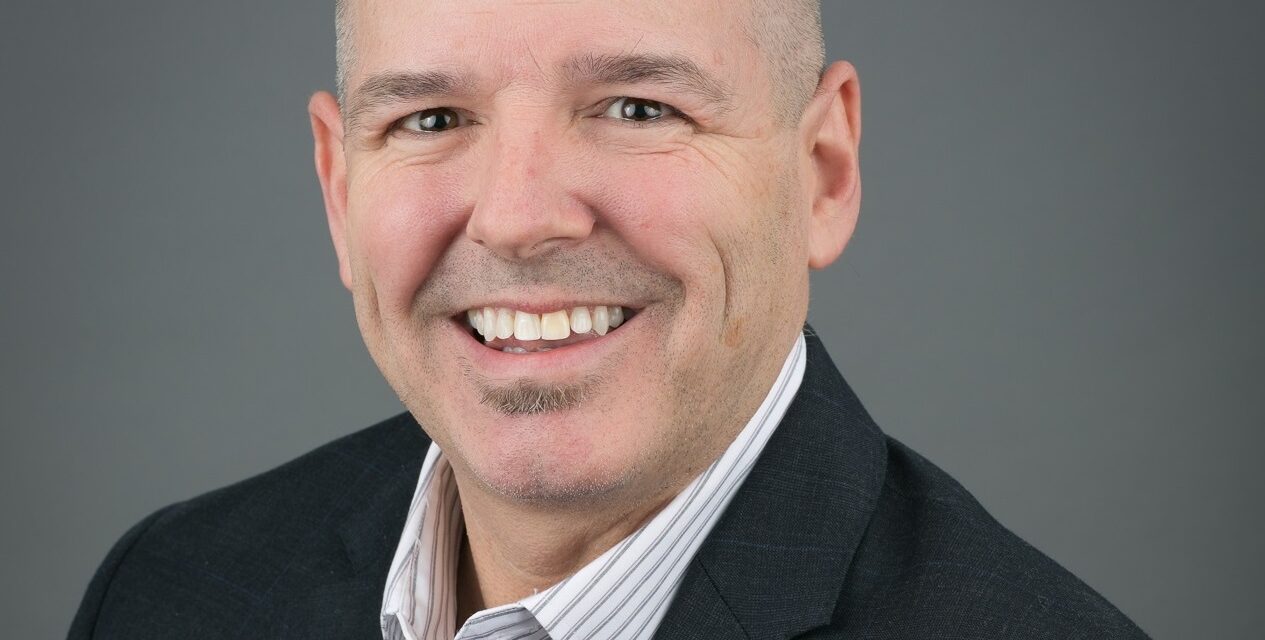Greg Nabholz is an expert on downtown revitalization, urban infill and place-making economic development strategies, having developed properties throughout Arkansas.
There’s been a lot said and written about opportunity zones. How well does this live up to the hype?
The reason you’re hearing so much about it is it’s a new federal program, enacted by Congress in 2017. It’s effectively a very, very valuable tool for funneling money into projects and it creates a way to really help gin up new development in downtown areas. Of course, you already have the historic tax credits and if you’re in a low-income census track you also have new market tax credits. And there are other incentives out there that can be added in the mix. Being able to combine different types of incentive tax credits can really escalate in a big way.
How complicated are opportunity zones to manage from a paperwork and regulatory standpoint?
It’s probably one of the most streamlined programs out there. Our experience so far in this, because we have our own project in downtown North Little Rock, is it’s a fairly smooth process. That part is encouraging.
There are programs that are really cumbersome, such as that new market tax credit. The size of the project has to be $7-8 million minimum to really even make sense because there are so many fees and it’s so complicated to do. The federal historic tax credits are a little bit more cumbersome than our state tax credits; our state tax credits are pretty easy.
There’s another vehicle that is relatively new—cooperative investments—which allow people to come together to invest in a project. Say you have a lot of people from a small town that no longer live in that town, but they have an affinity and they want to see that town grow. Cooperative investments are a vehicle for people to give back, but they’re not just making a donation. They’re actually investing in a real estate deal.
Is there something counter-intuitive about investing in these areas that you have to get over as an investor? An incentive doesn’t make it a sure thing. How do you balance your risk instincts?
This is where true community leadership comes in to bring people in and put together a plan. Communities have to have leadership; you don’t have to have proven leadership, you just have to know that you’ve got leadership in place that gets it when it comes to economic development, especially regarding a strong downtown. No matter what size the community is, you’ve got to have a strong downtown to have any chance of growing or even to survive.
What will we be talking about in real estate and development in the years to come? What trends does the future hold?
It’s just starting to come together in Arkansas. We’re realizing we can capitalize on a lot of things that we just haven’t been capitalizing on in the past. We’ve seen some amazing things happen in El Dorado and Northwest Arkansas; Fort Smith’s got some new things happening as well. And Pine Bluff, I think, is going to be a place you’re going to see 10 years from now and go, “Wow!”
On the other hand, Arkansas is still in this mindset that we have to go out and recruit companies to come here. That’s an important part of economic development, obviously, but we’re not focusing enough on growing our own companies. They’re getting ignored, in my humble opinion.
What would you do about the labor shortage in Arkansas? What does it take to get people here to fuel that growth?
The best way for us to grow and retain talent is just go into some of these overcrowded, high-priced places in America and say, “Hey, you can move to Arkansas and you can have the best of both worlds—have this great quality of life while expanding your spending power.” I think we’re still missing a whole part of that.



